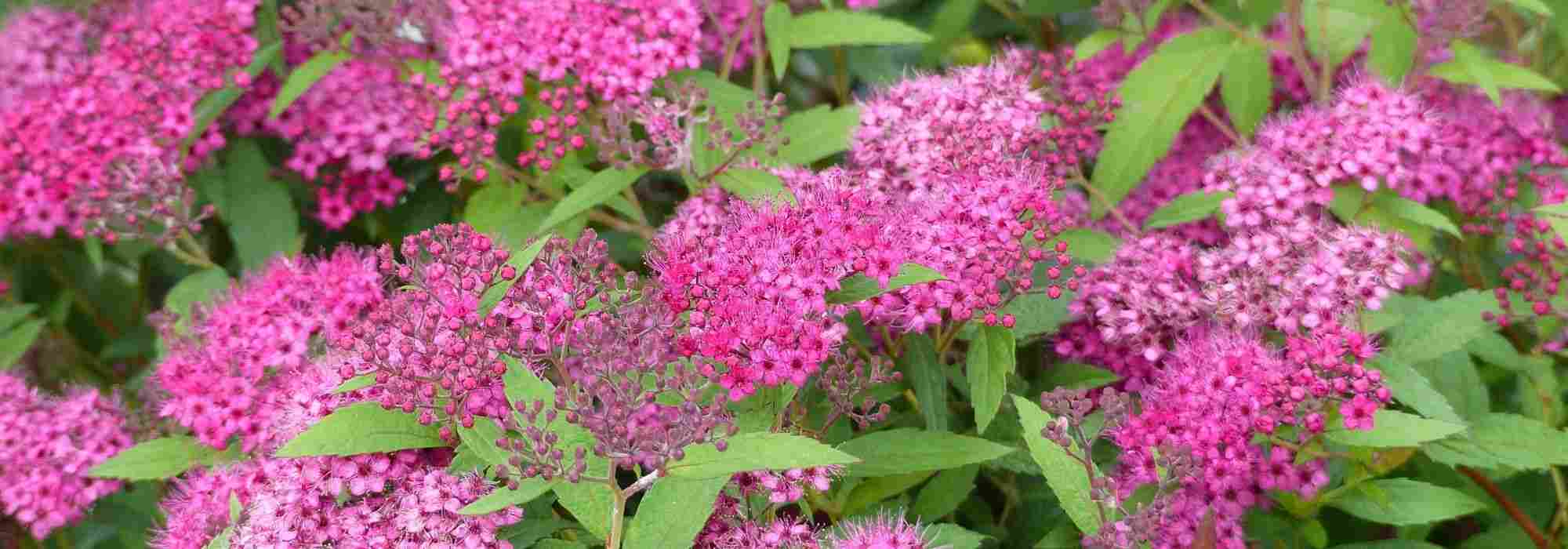
5 shrubs for early summer flowering
Our selection of shrubs that flower from July to mid-August to grow in the garden
Contents
Summer-flowering shrubs come in hundreds of varieties. Some are known to show the tips of their petals in early summer, from late June to mid-August (sometimes earlier or later depending on the regions). With evergreen or deciduous decorative foliage, white or colourful flowering, suitable for mild climates or colder regions, for humid areas or dry rockeries… You are sure to find a summer-flowering bush to adopt. Discover our selection of 5 bushes in bloom from July to mid-August, heralding the start of summer.
Check out our selection of 6 late summer shrubs to extend the flowering season over several months.
Spiraeas, a profusion of colourful flowering
Spiraeas (Spirea) are shrubs native to the temperate regions of Europe, Asia, and America.
These bushes offer an abundant spring or summer flowering in corymbs. Among the varieties that bloom in early summer, we can mention:
- the Japanese spiraea ‘Golden Princess’, which adorns itself in June and July with 4 cm flowers of vibrant purple-pink, supported by beautiful decorative foliage;
- ‘Albiflora’, which offers a generous white flowering in July and August resembling pom-poms with long graphic stamens;
- ‘Zen Spirit Caramel’, which produces lovely clusters of pink-purple flowers in June and July, supported by beautifully coloured foliage;
- ‘Goldmound’, which delights us with dark carmine pink flowers, highlighted by bright foliage.
Fast-growing, spiraeas display a compact deciduous foliage, giving them a bushy habit. This decorative foliage can even be dynamic and change colour throughout the seasons.
Hardy, vigorous, and easy to grow, this bush is ideal for beginner gardeners: it adapts to almost all climates and soils, even slightly calcareous ones. It only fears a few extremes, such as overly compacted soils, excessively dry or scorching orientations.
Plant spiraeas in sunny or partially shaded locations.
Its modest dimensions (from 30 cm to 3 metres) allow it to fit into any garden, whether in free hedges, as a specimen, in borders, or even in pots.
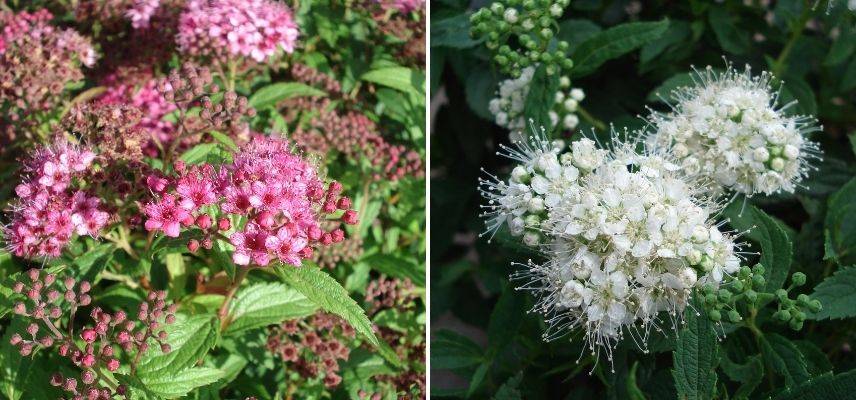
Spiraea japonica ‘Golden Princess’ and ‘Albiflora’
Cotinus, an astonishing flowering plume
Cotinus are Mediterranean-origin shrubs, with a nickname -smoke tree- inspired by their surprising flowering.
At the beginning of summer, they adorn themselves with vapour-like flowers resembling clouds, in shades of pink or purple. Their large bushy silhouettes offer deciduous green foliage, which bursts into vibrant colours in autumn:
- Cotinus ‘Grace’ bears flowers from July to August that resemble long evanescent beards of a rosy white, supported by incredible red to purple foliage;
- ‘Smokey Joe’ offers inflorescences from June to August that look like fine feathers of bright pink, accentuated by the sun;
- Cotinus coggygria ‘Lilla’, a dwarf variety, delights us from June to August with a light purple flowering, supported by violet foliage with pink hues;
- ‘Flamissimo’ adorns itself between June and July with cloud-like pink-purple flowers, brightened by dazzling evolving foliage.
The Mediterranean origins of cotinus give them good resistance to heat and winds, yet they are hardy bushes down to -20°C, allowing them to adapt to most regions in France.
To grow cotinus, choose a sunny or partially shaded location. In any well-drained soil, even poor, calcareous, and stony, they will thrive with little maintenance.
Vigorous, not very susceptible to diseases, and easy to grow, the bush only fears waterlogged soils in winter and overly heavy, clayey, or acidic lands. It responds well to pruning, even in coppice shoots.
In free hedges or among groups of evergreen bushes such as boxwood or thujas, which can sometimes appear a bit dull, its light flowering and the evolving colours of its foliage will bring light and dynamism.
Cotinus are also perfect candidates for sunny rockeries, and the dwarf varieties can be grown easily in pots or in small gardens.
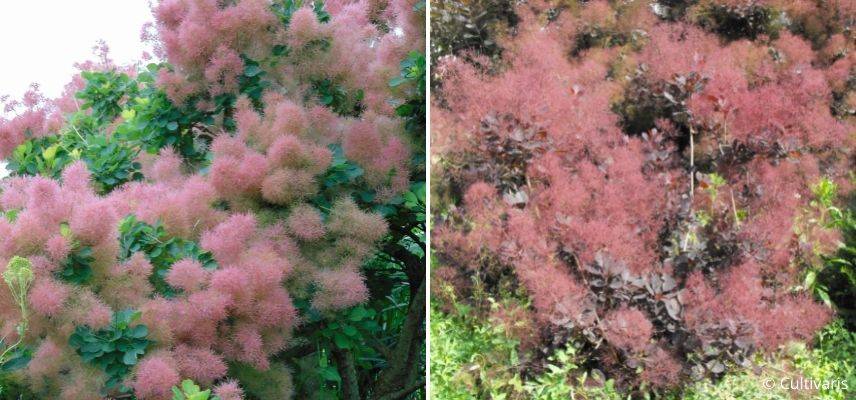
Cotinus coggygria ‘Smokey Joe’ and ‘Lilla’
Discover other Summer-flowering shrubs
View all →Available in 0 sizes
Available in 1 sizes
Available in 1 sizes
Available in 1 sizes
Available in 1 sizes
Available in 1 sizes
Available in 2 sizes
Available in 1 sizes
Available in 1 sizes
Available in 1 sizes
Escallonia, ideal for seaside gardens
Escallonia is a bush native to South America, commonly found along coastal areas.
It offers an abundant and melliferous summer flowering, adorned with tubular flowers that have 5 petals, grouped like bouquets. The flowers are pink, red, or white, depending on the variety.
Flowering occurs more or less early depending on the climate, but mainly from late June to August:
- Escallonia laevis ‘Gold Ellen’ boasts lovely pink flowers from July to August, highlighted by magnificent golden and green foliage;
- Escallonia Darts ‘Rosy Red’ offers carmine pink flowers from the beginning of summer.
Fast-growing, it has the advantage of retaining evergreen foliage that is a glossy bright green, slightly fragrant when crushed.
Moderately hardy down to -10°C on average, it ideally thrives in coastal regions of the south with mild climates. Elsewhere, it should be grown sheltered from cold winds, in a protected position with sunny exposure.
Resistant to sea spray and drought, it is a perfect candidate for seaside gardens.
Give it a place in ordinary, well-drained soil to allow water to flow without stagnating. The bush only fears overly calcareous or heavy soils.
The maintenance of escallonia is not difficult. Little susceptible to diseases, low-maintenance, and vigorous, it will only require a few care tasks: annual balancing pruning, watering during the summer in the first few years, and mulching at the base to retain moisture in summer and warmth in winter.
The larger specimens (up to 3 metres) will look stunning in evergreen hedges, flowering hedges, or borders. Smaller specimens (from 50 cm to 1.5 metres) are suitable for container cultivation, to brighten up terraces and balconies.
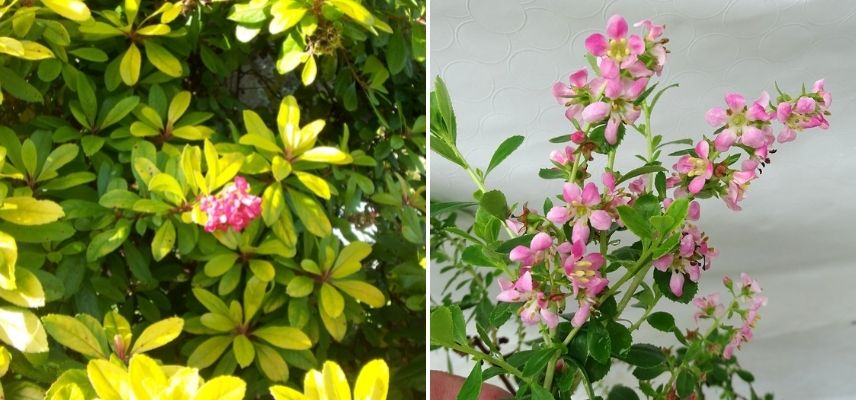
Escallonia laevis ‘Gold Ellen’ (photo Wallygrom) and ‘Darts Rosy Red’
Read also
Pruning of summer-flowering bushesDiervilla, perfect ground covers for shady areas
Diervilla are shrubs native to the mountainous forest areas of North America, close relatives of other flowering shrubs, the weigelas.
The delicate flowering at the end of spring or the beginning of summer is enhanced by beautiful decorative deciduous foliage with autumn hues.
The flowers form tubular corollas grouped in small clusters at the tips of the branches, offering yellow shades. They are followed by small decorative red fruits.
- Diervilla splendens is adorned from July to August with small bouquets of yellow flowers borne on red stems;
- ‘Diva’ offers a cluster of yellow flowers with slight purple hues at the beginning of summer, beautifully complementing its foliage that turns red-violet in autumn;
- Diervilla rivularis ‘Honeybee’ produces small trumpet-shaped flowers of a bright yellow from June to August, particularly favoured by pollinating insects;
- Diervilla sessilifolia ‘Cool Splash’ blooms from June to July, displaying delicate pale yellow corollas, accompanied by variegated green and white foliage.
Diervilla should be planted in a shaded position, especially avoiding hot and dry areas. It prefers well-drained, cool soils, even occasionally dry, without excess lime or acidity.
Its mountainous origin explains its good hardiness, down to -25 °C on average.
Its spreading habit, wider than tall, makes it a perfect ground cover for dressing shaded areas that are difficult to vegetate due to lack of light. Its suckering roots also make it a good candidate for sloped soils, which it will help stabilise.
Diervilla will thus settle easily at the feet of the largest trees and in the “neglected” spaces by many other plants, bringing a beautiful touch of colour and contrast with their summer flowering and evolving foliage.
Smaller varieties, such as Diervilla rivularis ‘Honeybee’, can also be grown in pots or in small spaces.

Diervilla splendens ‘Diva’, Diervilla rivularis ‘Honeybee’ and Diervilla sessilifolia ‘Cool Splash’
Itea, a unique melliferous flowering plant
Itea is a summer-flowering bush native to Asia and the United States.
The fragrant flowers in white or cream spikes measuring 6 cm appear in July, before transforming into impressive pendulous aments ranging from 30 to 50 cm in length.
They exude a honey or jasmine scent, delighting pollinators (bees, butterflies, or hummingbirds in their native range):
- Itea virginica produces delicate white inflorescences, lightly scented, from July to August, reaching up to 30 cm in length;
- ‘Scentlandia’ is an improved version, with a more intense fragrance and even brighter autumn colours, rewarding us with long white flowers in June and July;
- ‘Henry’s Garnet’ offers abundant white flowering in early summer, complemented by beautiful coloured foliage;
- ‘Little Henry’, its miniature version, boasts beautiful star-shaped white flowers grouped in long spikes, perfuming the garden with a jasmine fragrance from June to July.
Its deciduous foliage takes on beautiful coloured shades in autumn, in mahogany tones.
Plant itea in ordinary, fresh soil, even heavy and clayey, but without excessive lime. It prefers a semi-shaded or sunny position as long as its soil remains moist. Once established, mature bushes will tolerate some drought.
The itea is suited to damp locations and will thrive near small water bodies or in a free-standing hedge.
Hardy down to about -15°C, it particularly flourishes in the mild climates of the Mediterranean region or the Atlantic coast. Elsewhere, it should be grown sheltered from cold winds, in a frost-protected space, or in pots on terraces and balconies for the smaller varieties.
It is also relatively disease-resistant and will only require light pruning at the end of winter, which is not even obligatory.
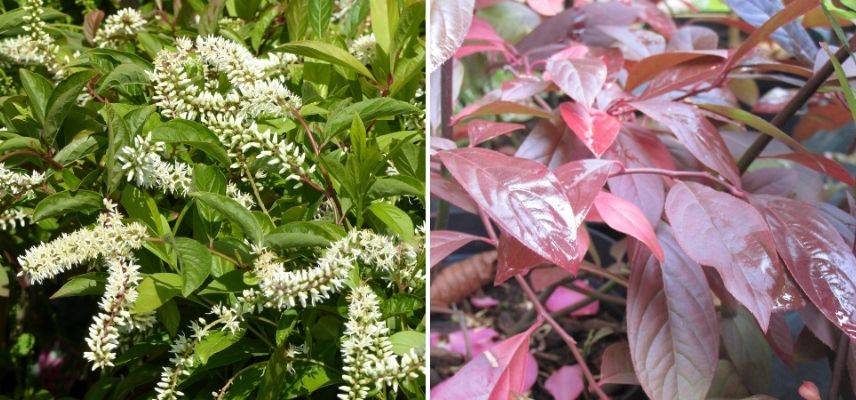
Itea virginica ‘Little Henry’ and ‘Henry’s Garnet’
- Subscribe!
- Contents
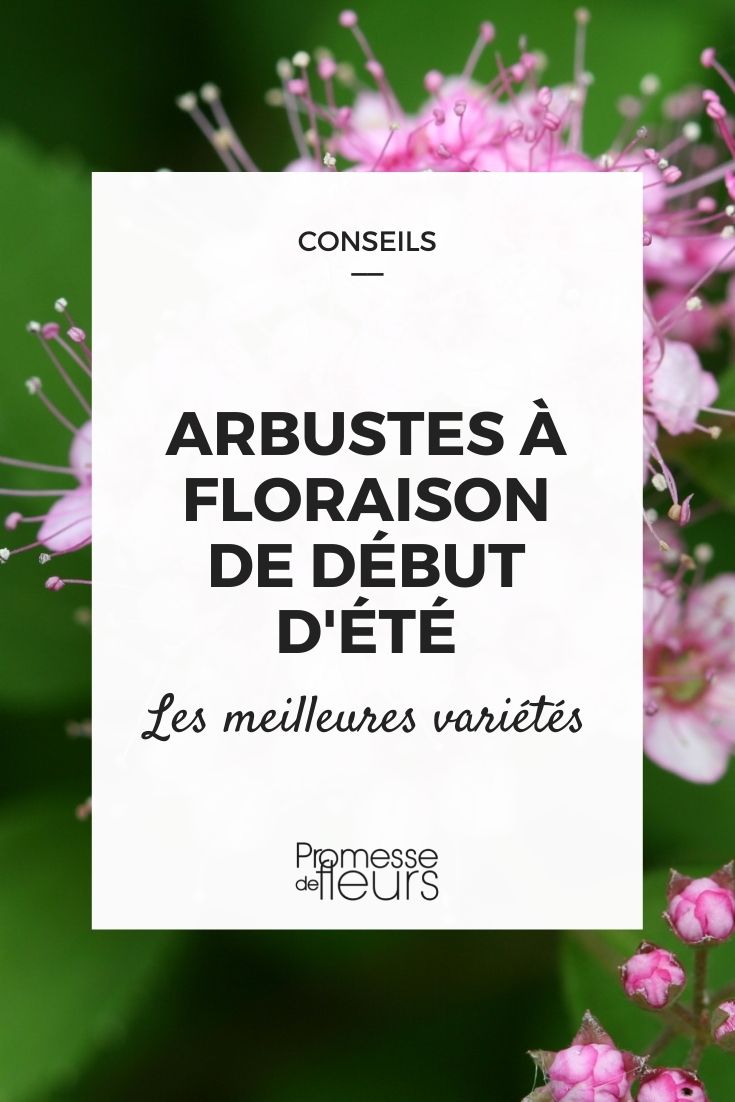































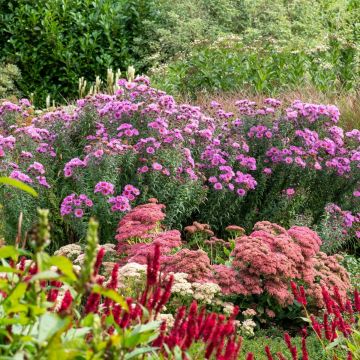
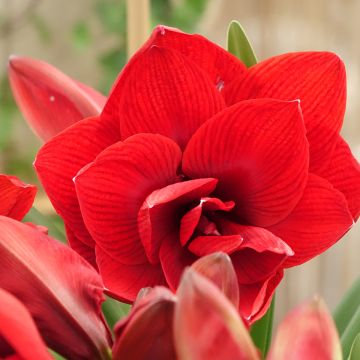
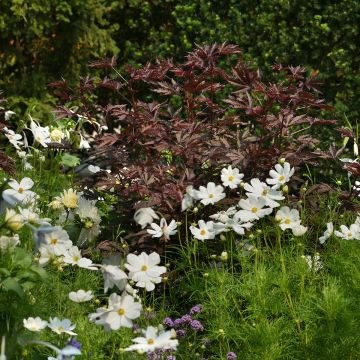
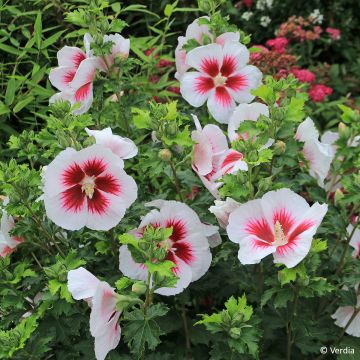
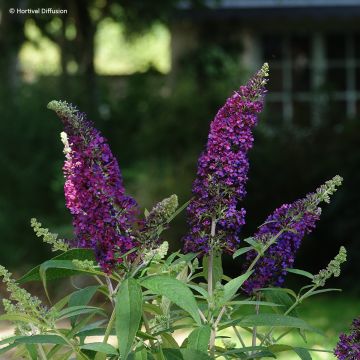
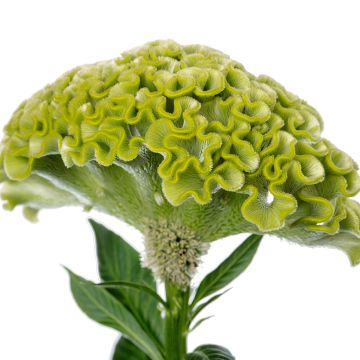
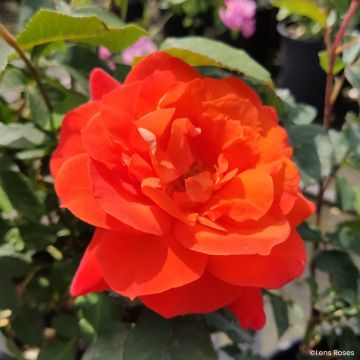
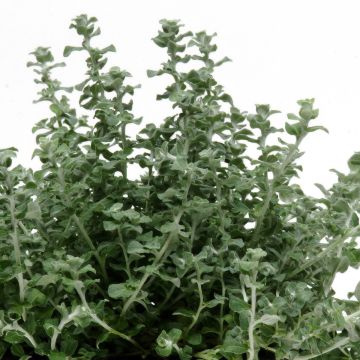
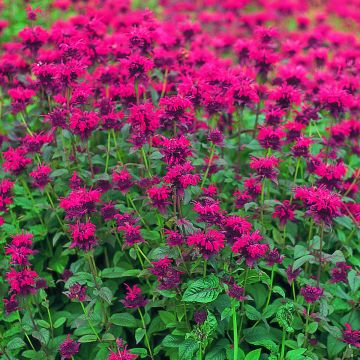
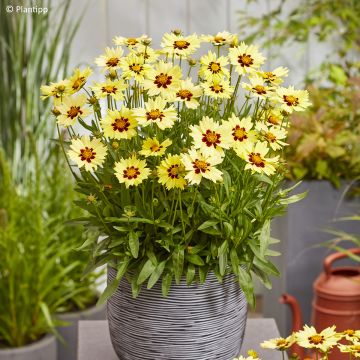
Comments